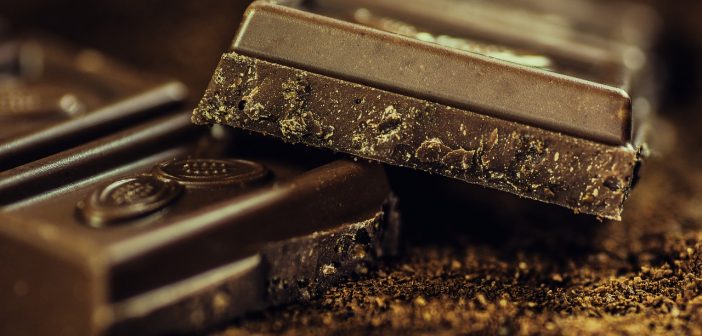When we think of food that is high in iron, the first thing that comes to mind is red meat. This is with good reason, as it is certainly the one of the best sources of iron.
However, if you or your children are not big meat eaters or vegetarian, it is important to know what alternative sources give you the most bang for your buck when it comes to iron.
Iron is integral for our body to function. It helps transport oxygen from the lungs around the body via red blood cells. Iron also has an important role in immunity and other functions such as digestion and metabolism.
When iron levels in the body become too low it can lead to iron deficiency anaemia.
One of the major signs of anaemia is fatigue. Other common symptoms of iron deficiency include:
- Loss of concentration
- Breathlessness
- Loss of Appetite
- Headaches
- Dizziness
- Hair loss
- Pale skin
The average recommended daily intake of iron is around 8mg per day, however this varies with gender and age. Unsurprisingly, women of reproductive age require a much higher intake at 18mg per day, due to monthly blood loss. The recommended daily intake is even higher if you are pregnant (27mg per day).
Children at key ages also have higher requirements.
- Children 4-8yrs – 10mg per day
- Girls 14-18yrs – 15mg per day
- Boys 14-18yrs – 11mg per day
So what foods other than red meat can you feed your family to ensure they are getting the iron they need?
Leafy greens
After red meat, these are probably the most well known source of iron. They are also packed full of other vitamins and nutrients. Think spinach, broccoli, kale and bok choy. One cup of raw spinach contains 1.2mg of iron. If your kids aren’t keen on green veggies try blitzing in a smoothie or shredding through pasta sauce.

Legumes
All types of beans and lentils pack an iron punch. 1 cup of lentils has more iron than a 100g steak! They are also a great source of fibre. Kidney beans are great in Mexican dishes, while lentils go great in soups or even bulking out dishes like bolognese. Chickpeas can be blended to make hummus and are even great in curries.
Wholegrains
As well a whole host of other health benefits, nutrient dense wholegrains contain iron. Quinoa, rolled oats, brown rice, pearled barley and wholegrain pastas and breads are just some of the sources to look for. Some cereals are also fortified with iron. Just 30g of Weetbix contain 4.2mg of iron.
Nuts, Seeds & Dried Fruit
Many nuts and seeds are high in iron content. Pistachio nuts have the highest per serving at a whopping 14mg per 100g. Brazil nuts, cashews and almonds are also good sources. Seeds to look for include sesame, pumpkin, sunflower and flaxseed. Go for dried fruit such as apricots, prunes and raisins.
All of these are great to munch on together in a trail mix, but you can also try mixing things up by sprinkling seeds through salads, making tahini or including dried fruit in rice dishes, casseroles and curries.
Dark Chocolate
It would be remiss of us to talk about foods high in iron and not mention the amazing health benefits of dark chocolate. Containing 11.9g per 100g you can’t go past it for a healthy treat. It’s good to note that dark chocolate is also high in magnesium, manganese and fibre among other important minerals.
You may want to bypass your cuppa or glass of milk with that dark chocolate though as tea, coffee and calcium can actually inhibit iron absorption.
Conversely, sources of Vitamin C improve iron absorption so mix it up with berries, oranges, mangos and kiwi fruit. Brussels sprouts, red and green peppers, tomatoes and many herbs also contain vitamin C. But its probably best not to mix those with your chocolate.


1 Comment
Pingback: Do Kids Need Vitamin Supplements? - School Mum